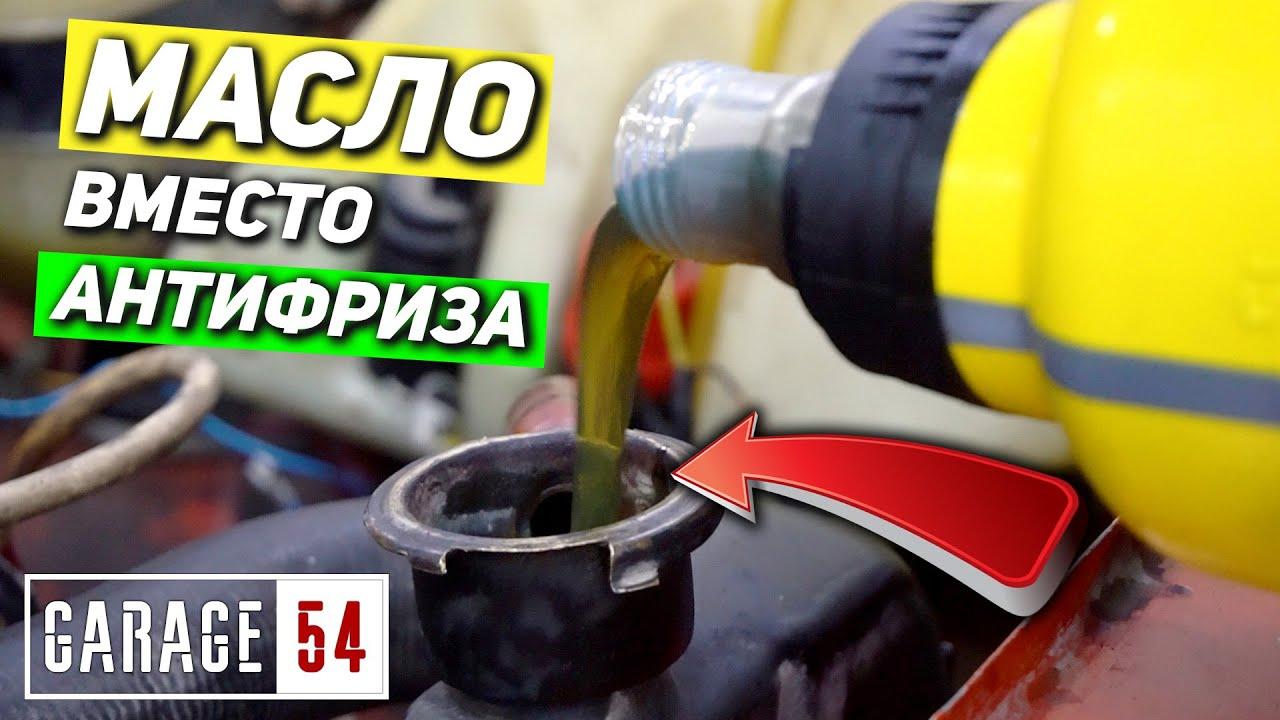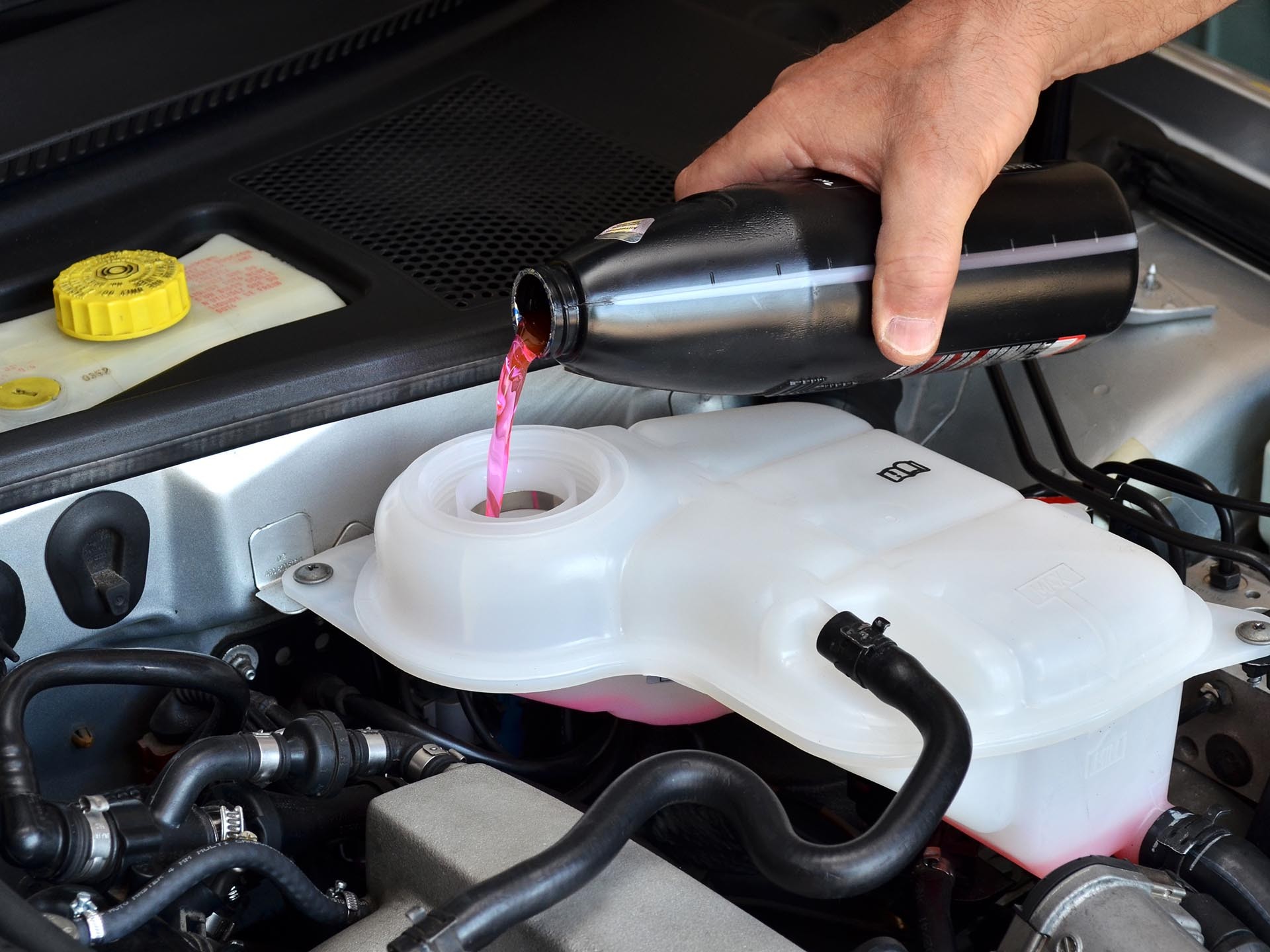
What happens if you fill in oil instead of antifreeze
Content
The cause of the burnt smell is the antifreeze that goes into the oil. An increased concentration of a foreign substance leads to the appearance of a pronounced aftertaste of burning. This is a sure way to determine if there is a leak.
If you pour oil instead of antifreeze, at first glance, nothing terrible will happen. Only the cooling system is not designed for such experiments. The density of the oily substance is higher than antifreeze, and the thermal conductivity is worse.
Can oil go into antifreeze
Oil goes into antifreeze for various reasons. Usually this occurs due to damage or deformation of parts, which leads to a violation of tightness. Ignoring problems threatens systematic overheating.
The consequences for the car can be deplorable:
- rapid wear and corrosion of bearings;
- deformation and destruction of gaskets;
- filter clogging;
- motor jamming.
What causes contaminants to enter the cooling system
Cylinder head failure is the main reason why oil goes into antifreeze. Possible problems:
- corrosion of metal parts;
- small cracks, chips and scuffs;
- gasket wear;
- deformation of parts.
Other causes of failure:
- mechanical failure of the oil cooler or radiator;
- pump depreciation;
- tank damage;
- deformation of the radiator or pipes;
- filter clogging;
- wear of the heat exchanger gasket.
If oil is added instead of antifreeze, it will gradually disrupt the operation of the cooling system.

Antifreeze
Signs of oil leaving the cooling system
The main signs that will help you understand that antifreeze goes into oil:
- The liquid has changed color and density. Cooling works due to a transparent refrigerant of a certain shade. It may darken, but normally this is a long process. If the color changed ahead of time, and the composition began to add and thicken, the reason is the oil that went into the antifreeze.
- Greasy stains have appeared on the surface of the reservoir and / or coolant. As a rule, you can recognize them with the naked eye.
- If you pour oil into antifreeze, an emulsion forms when mixed. Outwardly, it resembles a viscous mayonnaise that settles on internal surfaces.
- Rapid overheating. Due to foreign impurities, the liquid will cool worse. The thermal conductivity will drop and the pressure will start to rise. This is the reason that the oil in the tank presses on the antifreeze, which is why the latter begins to flow out.
- Try dropping the composition a little on the palm of your hand and rub it. Undiluted refrigerant is liquid and does not leave streaks, it evaporates well.
How to fix the situation when you poured oil into antifreeze
If the oil in the antifreeze is poured by accident, you need to clean the system. Antifreeze is heavier, so for some time a greasy layer will remain on its surface. To remove this, carefully pump out the excess substance with a long syringe.

Antifreeze instead of oil
If the oil poured into the coolant has already dissolved, you need to:
- Disconnect the reservoir and dispose of the contaminated antifreeze. Thoroughly rinse the container before pouring new antifreeze.
- When there is no tank, the liquid enters directly into the radiator. The most reliable option is to completely replace it. The option of dismantling and cleaning the radiator pipes under strong water pressure is not ruled out.
It should be understood that if the car starts, you will have to flush the entire system:
- Add a specialized cleaner to the antifreeze. Run the engine for 5-10 minutes to warm it up and start the coolers.
- Remove the refrigerant through the drain hole. After that, the cooling system must be dismantled. Remove dirt residues from the parts and, if necessary, replace the gaskets.
- Remove the expansion tank. Replace the container with a new one or clean thoroughly, flushing everything before reinstalling.
- Pour distilled water into the tank, run the car for another 10 minutes and drain the liquid. Repeat steps 2-4 until the drained liquid becomes clear.
For professional assistance, contact the service station. The fact is that if you fill in oil instead of antifreeze, the load on the pump increases many times over. A greasy film forms on the surface, which reduces the cooling efficiency.
